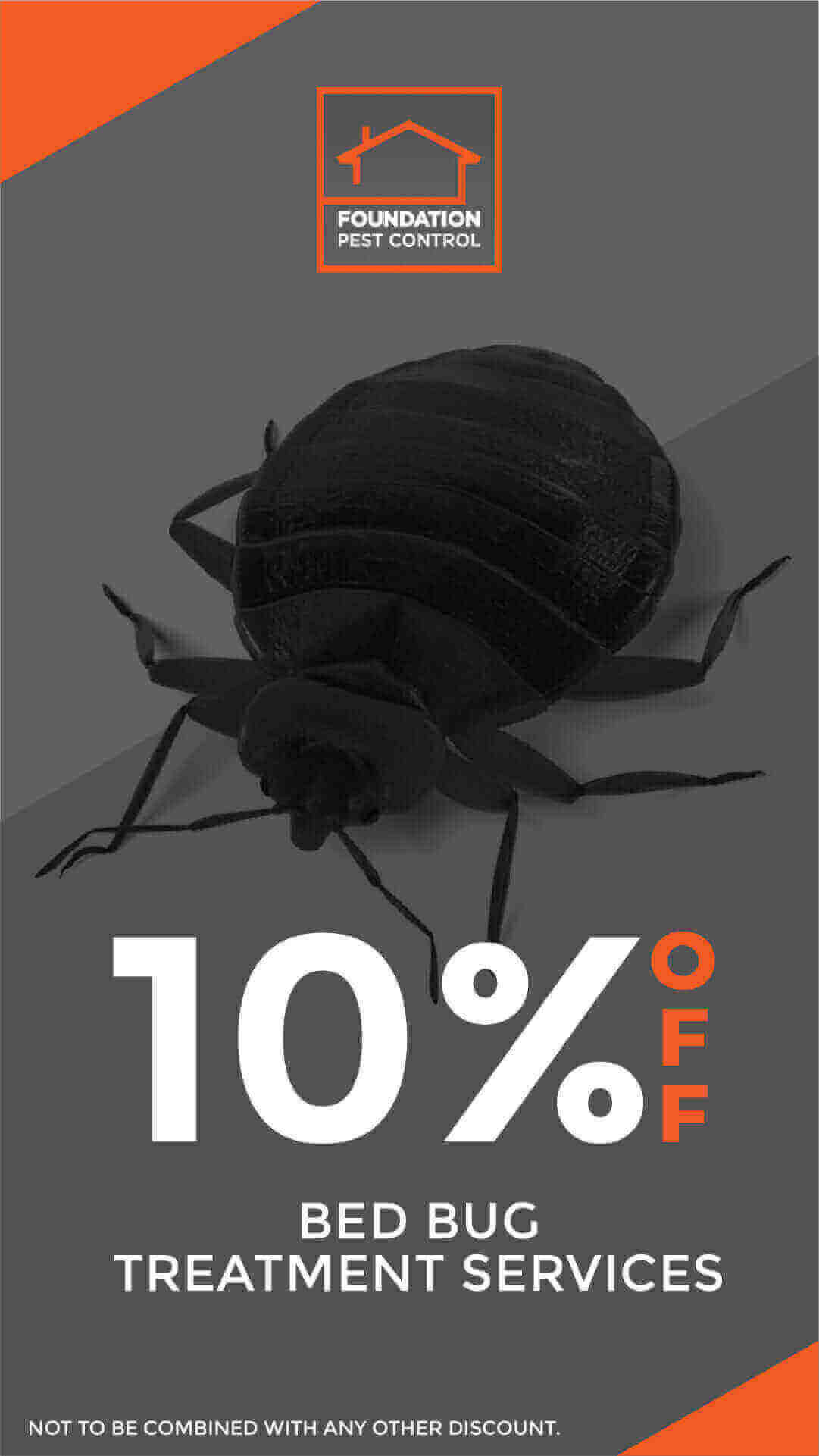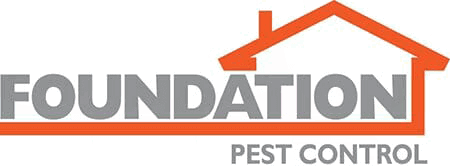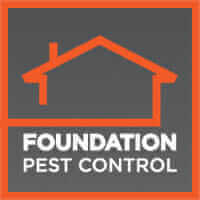
Foundation Pest Control offers expert pest management solutions for homes and businesses in Memphis and surrounding areas. Serving our community with eco-friendly treatments, we ensure a pest-free environment using advanced technology and personalized service. Trust us for efficient, reliable pest control in Memphis, Arlington, Lakeland, Germantown, and Collierville.
Spring is coming. With the change in seasons comes termites. As the temperatures start to rise, “swarming season” begins. This leaves much of the country ripe for infestation.
Infestation happens most often in Memphis and the Mid-South. Infestation brings significant damage to homes, offices and other wood-based structures.
So what should you watch for? Visible tubes or tunnels in trees, floor boards or other wood in or near your home. Keep an eye out for tell-tale signs like peeling paint, pinpoint holes, squeaky floors, crumbling wood, and stuck windows or doors.
These signs don’t always indicate termites. But they are a sign you should investigate or even have a professional inspect. If you have these signs, termites might have taken up residence in your home or outdoor space.
Subterranean Termites
These termites are very common, especially in hotter and damper climates. Think the deep South and other warm weather regions. As the name suggests, these termites live underground in colonies that number in the millions.
Subterranean termites are among the most destructive of all termites. Thanks to saw-toothed jaws that can easily bite into wood fragments bit by bit, they can devour it.
While it may not sound too damaging, over time a colony can take over an entire building. It leads to significant repair and restoration costs for property owners.
Dampwood Termites
Dampwood termites are aptly named. They’re particularly attracted to moisture-rich wood. Decaying wood or areas with significant leaks or natural moisture attract these insects.
By creating a series of chambers within trees, stumps, logs and outdoor poles and posts, dampwood termites create a sandpaper-like effect. They permanently damage the surrounding area.
Have Termite Issues?
Call Foundation Pest Control today to schedule a FREE inspection!

Formosan Termites
Tennessee is home to these very versatile, very destructive termites. Like subterranean termites, formosan termites live underground. They live in very large colonies. They can attack everything from trees and shrubs to structures in a home or office.
These unique termites start by building mud “nests'' in the soil. They then begin eating away at wood frames, floors, walls and virtually anything else that comes into their path. A single colony can destroy up to one foot of wood in 30 days or less.
Drywood Termites
Conehead Termites
Share this Post
1. Subterranean Termites
2. Dampwood Termites
Dampwood termites are aptly named, as they’re particularly attracted to moisture-rich wood—decaying wood, for example, or areas with significant leaks or natural moisture. By creating a series of chambers within trees, stumps, logs and outdoor poles and posts, dampwood termites create a sandpaper-like effect, permanently damaging the surrounding area.
3. Formosan Termites
4. Drywood Termites
5. Conehead Termites
Like formosan termites, conehead termites build mud nests in the ground, in trees or wooden structures. However, these termites don’t exclusively tunnel underground. Instead, they move and populate a space like ants, enabling them to spread and infest very quickly.
Concerned about any of these types of termites in your home, office or outdoor space? Contact Foundation Pest Control now at (901) 302-5206 to schedule a termite inspection and extermination.

